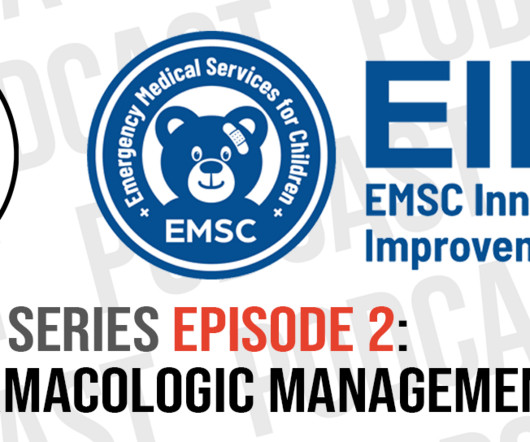You don’t need X-Rays in a child with bronchiolitis, croup, asthma, or first time wheezing
PEMBlog
AUGUST 30, 2023
Numerous studies have found that radiographs performed in these clinical conditions rarely reveal information necessitating a change in ED management despite high CXR utilization and wide variation in both children’s specialty hospitals and general EDs. Evaluation of the utility of radiography in acute bronchiolitis. PMID: 28763554.













Let's personalize your content